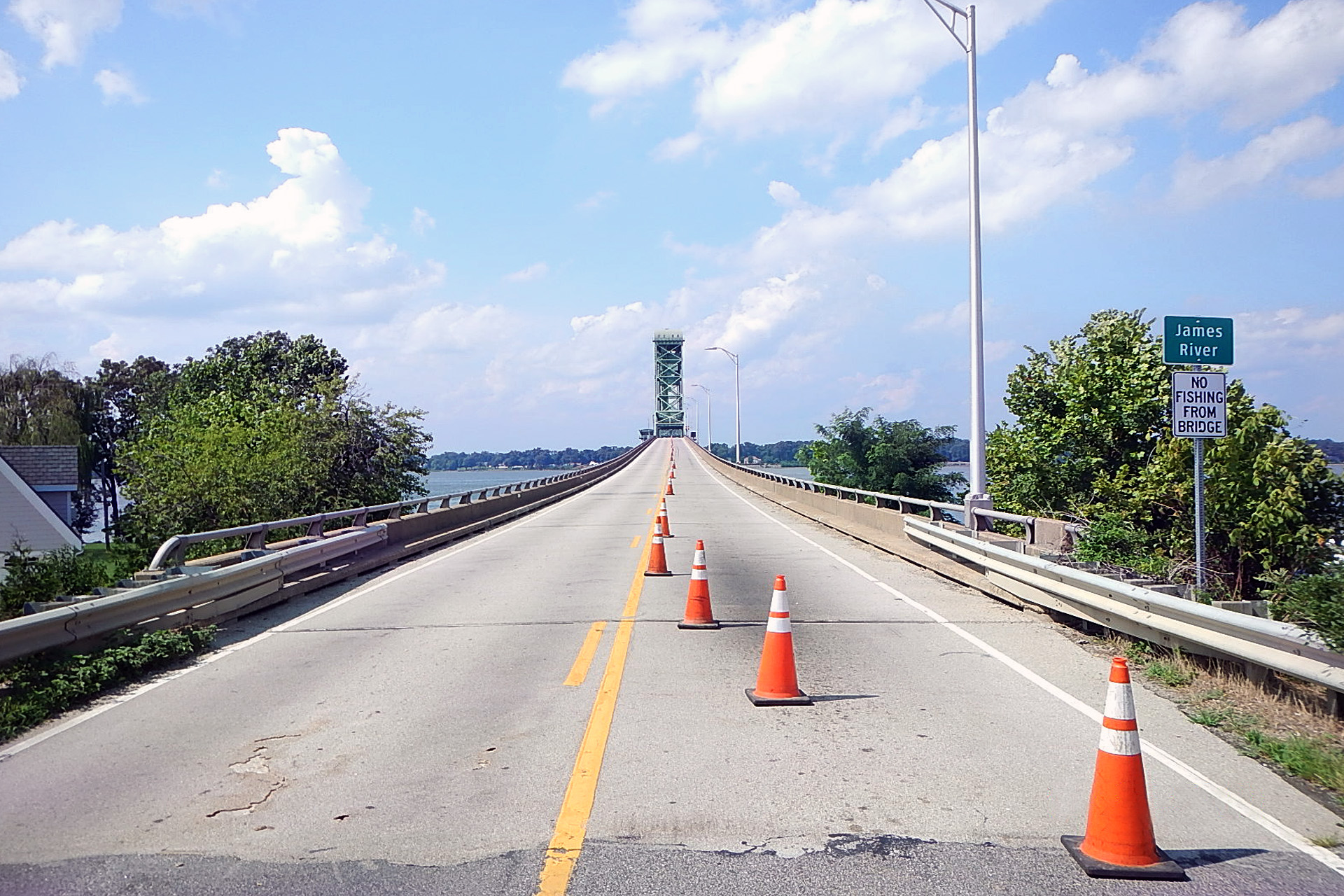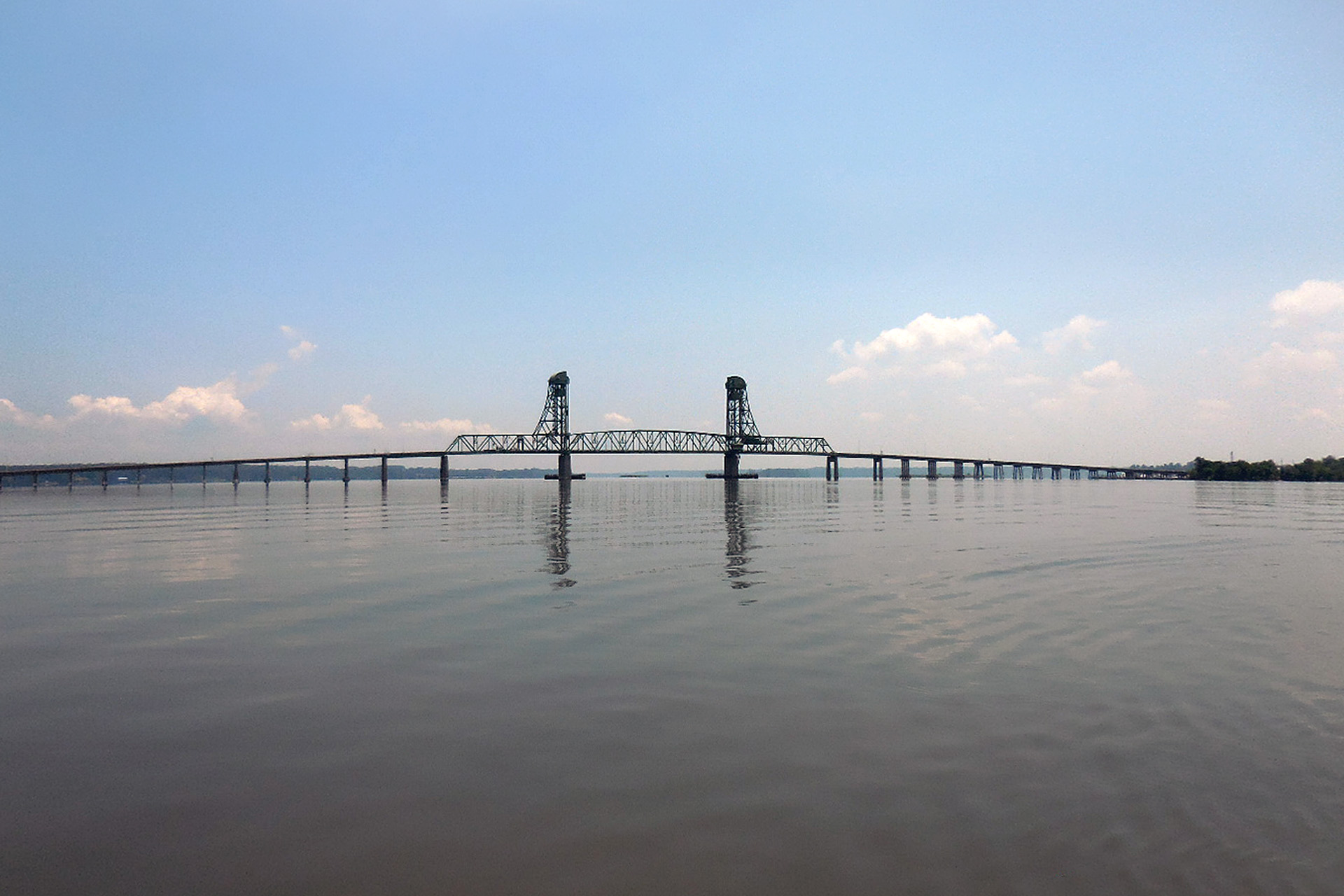For more than 20 years, Clark Nexsen’s bridge inspections team has been providing bridge and ancillary structure inspection services to the Virginia Department of Transportation via 13 separate, three- and four-year term contracts that cover 60 counties and 24 cities across the commonwealth. VDOT’s inventory of bridges and culverts includes more than 20,000 structures and hundreds of thousands of ancillary structures. This sheer volume makes VDOT perfectly suited to the use of advanced asset management tools, and our team has assisted in the development of some of these inventory and asset management tools in addition to providing inspections services.
Ancillary Structure Inspection Manual. As the prime consultant working with VDOT on the development and re-writing of the VDOT Traffic Ancillary Structures Manual 2014, we supported the significant information gathering effort and authorship of the new manual. This manual details the proper methodologies and procedures for inspecting overhead signs, traffic signals, high mast light poles, luminaires, and camera poles.
VDOT Ancillary Structures Manual – Phase 1. Clark Nexsen performed extensive research of ancillary management practices nationwide and an exhaustive literature review of available documents such as NCHRP reports. We also tapped our own experience inspecting thousands of ancillary structures and began compiling, categorizing, and classifying inspection findings (deficiencies and recommendations), ultimately developing standardized language as applicable. This effort yielded a draft of a first-of-its-kind hierarchical chart of deficiencies for each structure type to include numerical ratings for each, associated recommendations for each, and associated priorities for each.
VDOT Ancillary Structures Manual – Phase 2. Clark Nexsen authored the majority of the chapters for the manual, which included three dimensional drawings and illustrations, dozens of pictures of unique deficiencies, and over 400 pages of expertly written guidance. The manual features something previously unavailable in any literature reviewed during the first phase of this project: a one-of-a-kind, comprehensive deficiency table for each of the structure types. The tables include ratings for various severities of a deficiency along with recommendations and associated urgencies for the recommendations. Additionally, the manual features in-depth guidance on how to use the newly developed parameters with the existing Sign Inspection Program, the VDOT software specifically used for ancillary inspections. The manual was the result of a substantial, collaborative effort by our team and VDOT, including a multitude of round table deliberations on quality assurance and on points of debate. Other efforts included the 3D drawing of structures and elements shown in manual diagrams; structural calculations and analysis in support of manual development; and advanced editing and integration of multi-chapter, multi-firm documents into cohesive manual.
Recommendation Database, Hampton Roads District. Clark Nexsen developed the Bridge Recommendation Database for the Hampton Roads District, a Microsoft Access database transformed into a custom asset management tool with more than 10,000 lines of SQL (for database queries), Visual Basic for Applications (for input forms, dynamic SQL generation, and report output to Excel, Word, and Outlook), and AHK (for scripting to facilitate data entry). This database provides an asset management system for the various bridge recommendations generated through inspections, along with any work performed based upon these recommendations. The database was designed to adhere to Boyce-Codd Normal form and to establish a relational database that remains robust and functional over indefinite cycles of use. The front end user interface for the recommendations component was carefully laid out to facilitate and automate data entry. For example, the recommendations entered into the database should be consistent with those entered into the inspection report, so the database features the capability to automate this, with the data is automatically exported to the cursor’s location in Word by clicking on a button in the database. Furthermore, the forms automatically process information and update on the fly, minimizing erroneous data entry opportunities. For example, when selecting a pre-populated inspection recommendation from a dropdown list, a work category is automatically assigned, which can be used to query entire swaths of similar work (e.g. deck resurfacing, drain cleaning).
Specific recommendations have overarching work codes assigned to them (e.g. deck resurfacing), allowing large categories of work to be easily queried. Recommendations within dropdown menus were standardized as much as possible in combination with VDOT and Clark Nexsen’s efforts and extensive inspection experience; however, the recommendation entry process maintains flexibility to provide customized recommendations by allowing modification of the recommendations after selection from the menus. Specific, dynamically-generated queries were developed that, where necessary, drive the forms to reflect exactly the data that has been stored in the database upon every interaction from the user. Other queries drive reports, with the query generated by selecting items from menus, effectively filtering down to the desired data and producing flexible reports ranging from broad scope perfectly suited to high-level asset management and ranging to narrow scope such as a work list to be distributed to maintenance crews. Another critical element was the implementation of security procedures and protocols, allowing group and user-level authorization to specific predefined subsets of database functionality. The Bridge Recommendation Database software was provided as a split database, which consists of an Application Front End (FE) and a Data Back End (BE). By splitting the database, the reliability of the database project was increased significantly. This also allows the database to run more quickly and smoothly as traffic across the network is decreased due to the majority of the software operations occurring on the user’s local machine. Furthermore, the scalability of the database is virtually unlimited as each instance of the FE can be linked to a unique BE. Splitting of the database also ensures that potential future migration of the BE to an oracle-based platform will be more easily accomplished.


